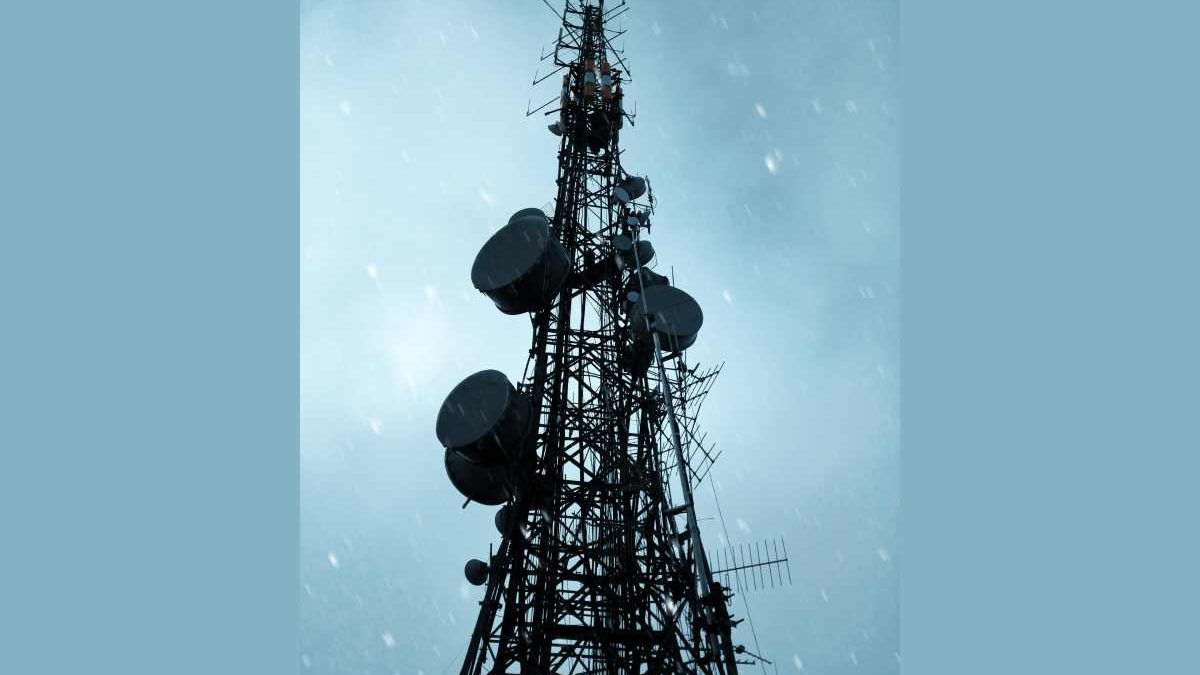Apple has just launched Apple Vision Pro. While public opinion may be divided about it – the “Wow, so cool!” and the “You look so silly” camps – there’s no denying that it operationalizes mixed reality in a spectacular way.
Today, postpaid plans like Orange postpaid packages, with their huge mobile data bundles, are unlocking many applications and capabilities for subscribers of mobile network operators due to the emerging technologies that are redefining the telecom landscape.
Here are a few of them:
Table of Contents
1. 5G
5G technology is at the forefront of telecom innovation and promises to redefine connectivity. This next-generation mobile wireless network standard delivers high speeds, low latency, and high capacity. Thus, it supports various applications, from enhanced mobile broadband connections to mission-critical communications and the Internet of Things (IoT).
5G has the following defining characteristics:
- High speed: 5G can deliver data transfer rates that are much faster than 4G. Specifically, it can provide peak data transfer speeds of 20 Gigabits per second (Gbps). Average speeds are greater than 100 Megabits per second (Mbps).
- Power efficiency: 5G consumes less power to transmit data and uses less energy per bit of data transferred. In fact, it is 90% more power-efficient than 4G.
- Ultra-low latency: Latency is the lag or interval between the time data is sent and the time that data is received. In 4G, data transmission latency is approximately 200 milliseconds. That’s 0.2 seconds; that’s already considerably fast. However, 5G reduces that by 95% more, registering an ultra-low latency of 1 ms or 0.001 seconds.
- This means superior gaming and virtual reality experiences. More importantly, it supports (and makes infinitely better) autonomous driving, telemedicine, and other applications that require immediate responses.
- Reliability: 5G uses an expanded range of frequency bands, including the sub-6 Gigahertz range and the mmWave spectrum. This ensures congestion has less impact on connectivity.
- Capacity: 5G network can support 100 times more than the capacity of 4G.
5G unlocks many valuable app and extraordinary experiences. One of the most pivotal for enterprise applications is the private 5G network, which is the deployment of 5G connectivity in enclosed facilities for the exclusive use of one entity or organization. Imagine the possibilities: smart cities, factories, and oil production facilities are just some that readily come to mind.
2. Fiber Internet
Fiber internet, or fiber-optic internet, is an internet connectivity technology that transmits data as pulses of light through fiber-optic cables (specifically, bundles of optical fibers). It offers the following benefits:
- High speed: Fiber optic technology can transmit data at 70% of the speed of light and offers peak data rates of 10 Gbps. That means swift uploads and downloads, so there’s no lag when streaming and gaming.
- High bandwidth: Fiber internet offers significant bandwidth, supporting the high data volume requirements of businesses and data centers.
- Reliability and durability: Compared to copper lines used in digital subscriber line (DSL) internet, fiber-optic cables are resistant to environmental factors. They’re not susceptible to electromagnetic interference, which can degrade or interrupt data transmission. This resilience translates to consistent, reliable internet connectivity.
- Future-proof: Fiber internet infrastructure is scalable. Fiber-optic cabling has a maximum bandwidth of 100 Gbps. This allows for future upgrades that may unlock even higher speeds without needing to re-lay or replace infrastructure.
- Low latency: Fiber optic internet has a latency of 10 to 12 ms (i.e., 0.01 to 0.12 seconds). This means no discernible lag in critical applications that require real-time interaction and responses.
3. eSIM
eSIM is one of the most significant developments in cellular communications. Instead of using removable plastic SIM cards, eSIM devices have embedded SIM chips, essentially mounted on the device board. It is a consequential leap forward in telecommunications technologies, offering the following advantages:
- Seamless connectivity: eSIM technology simplifies switching between carriers and plans. eSIM chips can store multiple SIM profiles, and you can easily change your service provider and service bundle. Before traveling, you can download a SIM profile for a carrier that operates in your destination. When you arrive, you can switch to that SIM profile and enjoy cellular connectivity effortlessly and seamlessly.
- Remote provisioning: eSIM obtains profiles over the air. This allows for ready updating and replacing of SIM profiles.
- Device entitlement: eSIM allows you to add eSIM-enabled companion devices (e.g., wearables, trackers, laptops, etc.) to a single network service plan. This simplifies the procurement and management of telecom services.
- Device design and functionality: The absence of a physical SIM slot opens new avenues in device design. Manufacturers can utilize the extra space for additional features or to enhance battery life.
eSIM technology, particularly advanced cloud eSIM orchestration, is a boon for the consumer, machine-to-machine (M2M) and IoT Internet sectors. Especially when paired with 5G and the new GSMA specifications for eSIM IoT connectivity, eSIM advances the adoption of cellular network connectivity among IoT devices.
The Future of Telecommunications
5G, fiber internet, and eSIM are some emerging telecommunications technologies. There are many more of these technologies, including edge computing, artificial intelligence and machine learning.
As consumers of data and telecommunications services, consumers and enterprises can look forward to better connectivity, more applications, and seamless user experiences.

